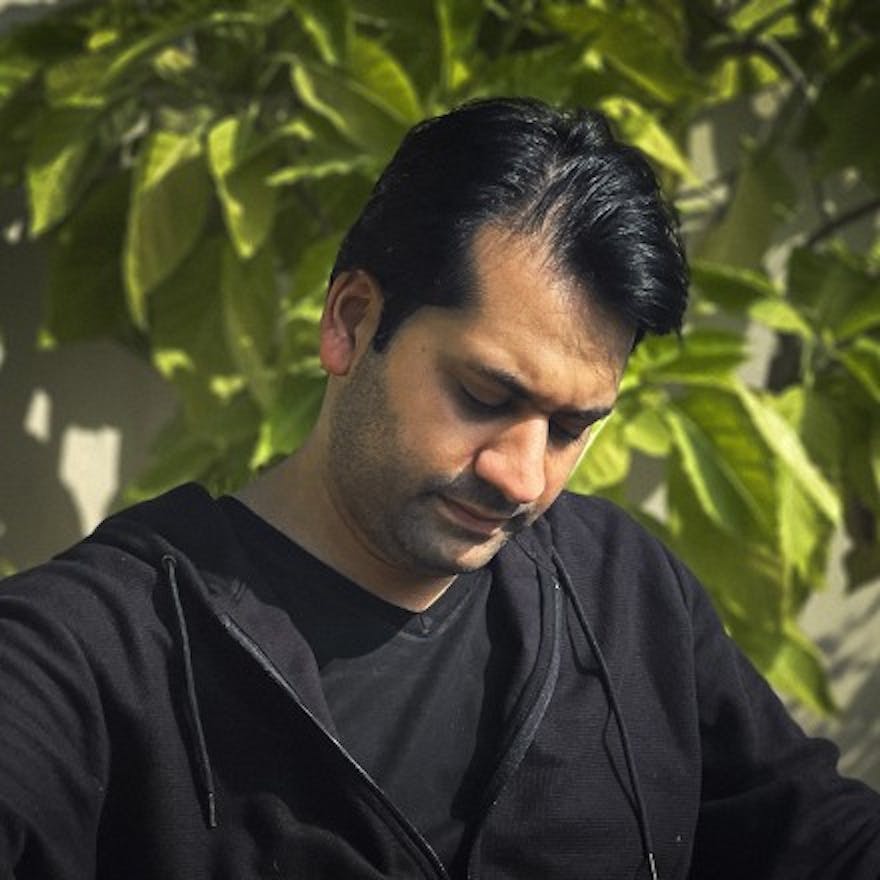
BIT BY BIT, THE NOOSE IS TIGHTENING AROUND THE NUCLEAR WEAPONS INDUSTRY
Posted: 6th December 2021
Human beings are not necessarily destined to annihilate ourselves.
FOR YEARS, the Dutch organization PAX has been issuing reports detailing the Armageddon that’s hiding in plain sight. The business of nuclear weapons — and it is in fact a business — does not for the most part take place in secret underground lairs. It is all around us, conducted by corporations and banks that might otherwise make cellphones or cornflakes or autonomous vacuum cleaners.
PAX’s newest paper, “Perilous Profiteering,” should be front-page news around the world. Why it is not is an interesting question.
Nuclear war is still a threat to humanity. It’s true that it’s generally vanished from popular culture and our imagination since the end of the Cold War 30 years ago. What almost no one knows, however, is that many serious observers believe that the actual danger of nuclear conflict is now greater than at any point in history.
The Bulletin of the Atomic Scientists invented its Doomsday Clock in 1947 to express how close the world was to self-destruction. It was initially set at seven minutes to midnight. Since then it has varied, being set both closer to and further away from midnight. But today, in 2021, it is the closest it’s ever been: 100 seconds to midnight. The publication’s reasoning can be read here.
Or take it from such anti-peaceniks as former Secretaries of State Henry Kissinger and the late George Shultz. Together they warned for years of the tremendous danger of nuclear war and called for “a world free of nuclear weapons.”
It therefore would behoove everyone to read the PAX report, both to understand the forces driving us toward obliteration and because it explains why taking action is not pointless. In fact, the report is surprisingly optimistic: Public pressure has recently generated tangible victories over the nuclear weapons industry, suggesting that we may not necessarily be doomed.
Public pressure has recently generated tangible victories over the nuclear weapons industry, suggesting that we may not necessarily be doomed.
PAX explains that 25 companies around the world are particularly involved in the production, manufacture, and development of nuclear weapons. America’s Northrop Grumman makes the most money off nukes, with at least $24 billion in current nuclear contracts. Other U.S. firms such as Raytheon Technologies and Lockheed Martin are close behind. But it is a worldwide industry, with companies in Europe (Airbus), India (Larsen & Toubro), Russia (Rostec), and China (China Aerospace Science and Technology) profiting from the potential end of the world.
The report also closely examines the financial infrastructure that undergirds the physical production of nuclear weapons. At least 338 companies are investors in or facilitators of the nuclear industry. They may own stock in nuclear corporations, hold their bonds, or underwrite their debt offerings. In any case, the system can’t function without them.
The largest investor in the nuclear industry is Vanguard, with $51 billion, followed a few paces behind by BlackRock, with $41 billion.
MOST READ

He Declined the FBI’s Offer to Become an Informant. Then His Life Was Ruined.

Stanley McChrystal Accidentally Reveals the Dishonesty of U.S. Generals

Pfizer Is Lobbying to Thwart Whistleblowers From Exposing Corporate Fraud
These cases do not involve a few individuals with huge investments in nuclear weapons, but rather millions of people who’ve invested in Vanguard and BlackRock mutual funds and hence own small amounts of many companies, including ones like Northrop Grumman.
It is here where the PAX report identifies genuine leverage that regular people can wield over the nuclear behemoth. While the facts and figures are all interesting enough on their own, PAX’s work is not aimed at encouraging its audience to engage in the passive consumption of information. Its goal is to provide tools for everyone to take action, with a rational hope that we can in fact, slowly but surely, consign nuclear weapons to history’s scrap heap.
PAX is part of the International Campaign to Abolish Nuclear Weapons. ICAN won the Nobel Peace Prize in 2017 for its role in the promotion of the Treaty on the Prohibition of Nuclear Weapons, which was adopted that year at the United Nations.
The 56 countries that have ratified the treaty to date have agreed not to “develop, test, produce, manufacture, otherwise acquire, possess or stockpile nuclear weapons” — but not just that. They have also pledged not to “allow any stationing, installation or deployment of any nuclear weapons or other nuclear explosive devices in its territory.”
The significance of this is that while none of the nine countries with nuclear weapons have ratified the treaty, they rely on many other nations without nuclear weapons to participate in their manufacture and transport. For instance, if the Netherlands were to ratify the treaty, Airbus — headquartered there — could no longer help build France’s nuclear missiles.
While it is almost unknown to Americans, the nuclear divestment campaign is already happening.
ICAN believes that the governments of such countries can be forced by pressure from their citizens to ratify the treaty and cut ties with the nuclear industry. It also believes that campaigns calling on pensions and mutual funds to divest from the nuclear industry can be powerful organizing tools to generate such pressure. This is not a vain dream, given that divestment campaigns played a similar role in the international isolation of apartheid South Africa.
While it is almost unknown to Americans, the nuclear divestment campaign is already happening. The second-largest pension fund on Earth, in Norway, has sold its investments in the nuclear industry. ABP in the Netherlands, the world’s fifth-largest pension fund, has done likewise. An ABP executive explained why: “Changes in society, also at an international level, [mean that] nuclear weapons no longer fit in with our sustainable and responsible investment policy.”
And the general trend, the report indicates, is downward. The 338 financial institutions that invest in or facilitate the nuclear industry is down from 390 recently. Shareholding values are down by $67 billion, and bondholding by $2 billion. It is possible to see a future in which the worldwide opprobrium that has almost eliminated the existence of biological and chemical weapons will apply to the most dangerous weapons of mass destruction.
This, then, will have to be a long fight, but it is potentially a winnable one. Human beings are not necessarily destined to annihilate ourselves. But to avoid that fate, we’ll have to study the kind of research produced by PAX — and get to work.